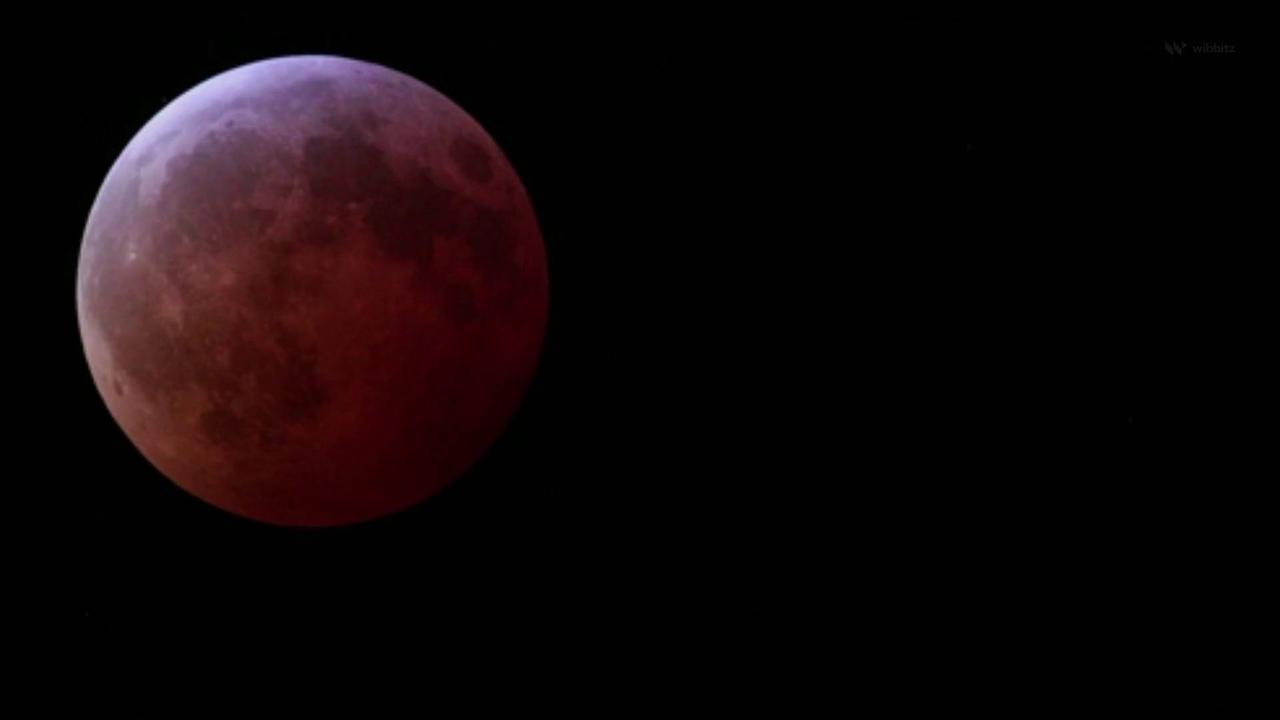
This Week's Full Moon , Coincides With a Rare , Planetary Phenomenon.
According to the Old Farmer's Almanac, the last full moon of winter will grace the skies on March 7.
CNN reports that the full moon coincides with another stunning planetary phenomenon and comes amid a year packed full of astronomical events.
.
What is a little more interesting now, and also visible tonight and this week, are the close and prominent positioning of Venus and Jupiter in the western sky right after sunset, Mike Hankey, Operations manager for the American Meteor Society, via CNN.
The astronomical word for this is ‘conjunction.’ These planets will be setting as the moon is rising, so they are only visible for about an hour at sunset, near the western horizon, Mike Hankey, Operations manager for the American Meteor Society, via CNN.
The astronomical word for this is ‘conjunction.’ These planets will be setting as the moon is rising, so they are only visible for about an hour at sunset, near the western horizon, Mike Hankey, Operations manager for the American Meteor Society, via CNN.
In the 18th century, Native American tribes referred to the final full moon of winter as the worm moon.
The lunar event, according to those tribes, was so named as different creatures would emerge from their winter hibernation to welcome the spring.
Unlike most years, which only have 12 full moons, 2023 has an extra full moon, bringing the total to 13.
In August, two full moons will occur, both of which will be supermoons.
CNN reports that supermoons are closer to Earth and shine much brighter than normal full moons, while also appearing larger in the sky.
2023 will also include two solar and lunar eclipses, in addition to 11 major meteor showers.
2023 will also include two solar and lunar eclipses, in addition to 11 major meteor showers
